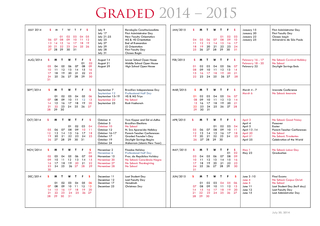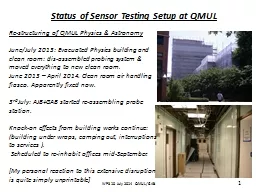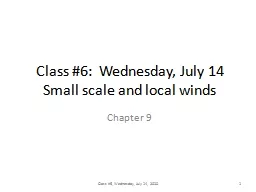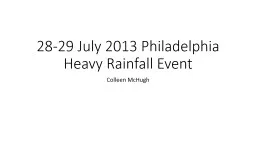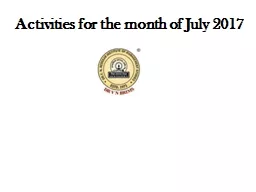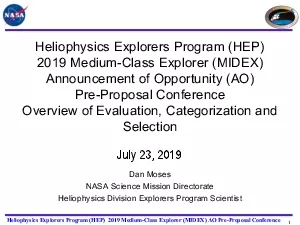PPT-The July
Author : debby-jeon | Published Date : 2016-07-18
19 2015 Non Severe Event in Southern New England What Happened NROW XVI November 2015 Frank Nocera NOAANWS Taunton MA 500 mb HeightVorticity ECMWF Valid
Presentation Embed Code
Download Presentation
Download Presentation The PPT/PDF document "The July" is the property of its rightful owner. Permission is granted to download and print the materials on this website for personal, non-commercial use only, and to display it on your personal computer provided you do not modify the materials and that you retain all copyright notices contained in the materials. By downloading content from our website, you accept the terms of this agreement.
The July: Transcript
Download Rules Of Document
"The July"The content belongs to its owner. You may download and print it for personal use, without modification, and keep all copyright notices. By downloading, you agree to these terms.
Related Documents


